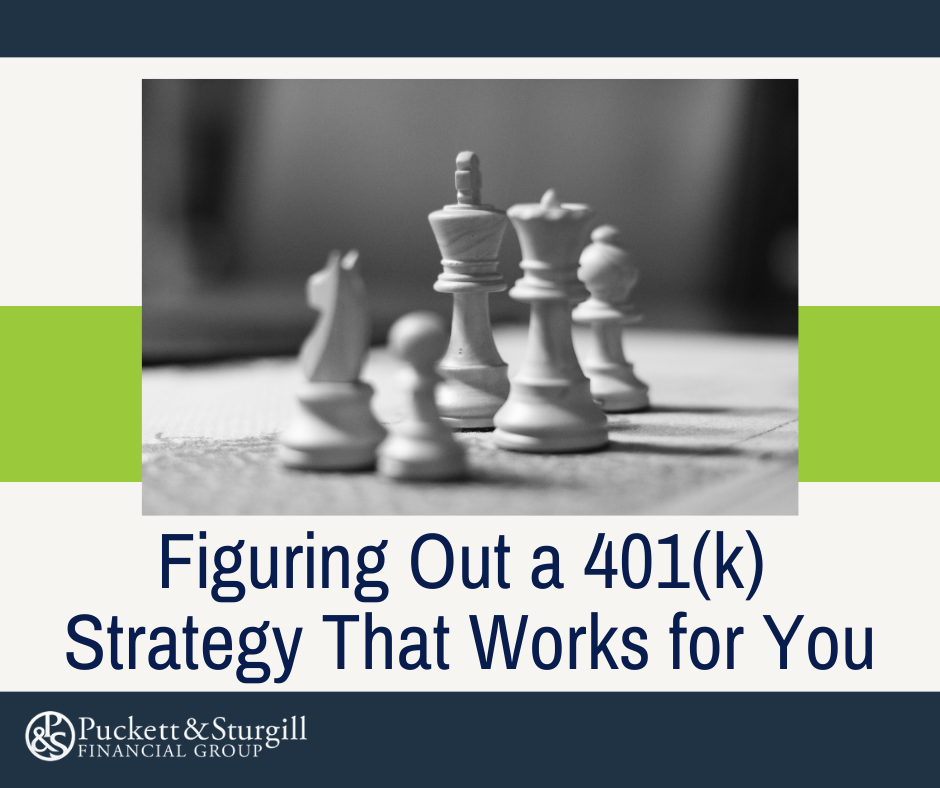5 Tips for Navigating Medicare in Retirement

One of the main concerns about retirement is health care. As healthcare costs continue to rise, medical bills may quickly derail your retirement plan. The good news is when you turn 65, you will be able to apply for Medicare, which provides you with coverage for some of the larger bills you may face during your retirement. Though navigating Medicare is a little tricky, the following tips can make the process less daunting.
1. Watch Your Dates
There are deadlines for Medicare. The first is the Initial Enrollment Period. If you sign up during this time, you can avoid a significant amount of hassle. This enrollment period starts three months before you turn 65 and extends until three months after. Failing to sign up on time may result in up to $6,500 more in premiums over 20 years. This occurs because you may be assessed a 10 percent penalty for each year that passes without enrollment.1
2. Find the Correct Doctor
A change in insurance may mean you need to change physicians. Providers have the option of accepting the Medicare program in different ways or not accepting it at all. If your doctor is a participating provider, they agree to the Medicare fee and will take that as the entire covered portion, which means you will likely only be responsible for 20%. If your doctor is a non-participating provider, they will accept Medicare as a form of payment but may charge you up to 15% more, which you will have to pay out of pocket.1
You may also want to consider switching to a doctor that specializes in geriatrics so that they have more experience in issues that you may encounter as you age.
3. Understand All the Benefits
There are many benefits of Medicare that people often overlook. These benefits are designed to make your life easier and help you stay on top of your health. With Medicare, you are entitled to an annual wellness visit where your doctor will perform a physical and order any necessary screenings. If you have difficulty traveling to appointments, you might take advantage of Medicare’s virtual consultations. They also offer nutritional counseling as part of your plan.1
4. Schedule Procedures Strategically
If you are close to retirement and have an upcoming procedure planned, you may want to compare the costs between your current plan and Medicare. In some cases, Medicare may offer more coverage for the procedure, so it may be beneficial to wait if possible.2
5. Keep Good Medical Records
Good medical records will help your physicians and healthcare facilities properly manage your conditions. Keeping proper records may also prevent you from overpaying as well. Just like any insurance, Medicare is confusing when it comes to billing, and mistakes will happen. Keep track of your explanation of benefits and payments to ensure you don’t double-pay or overpay for appointments and procedures.2












